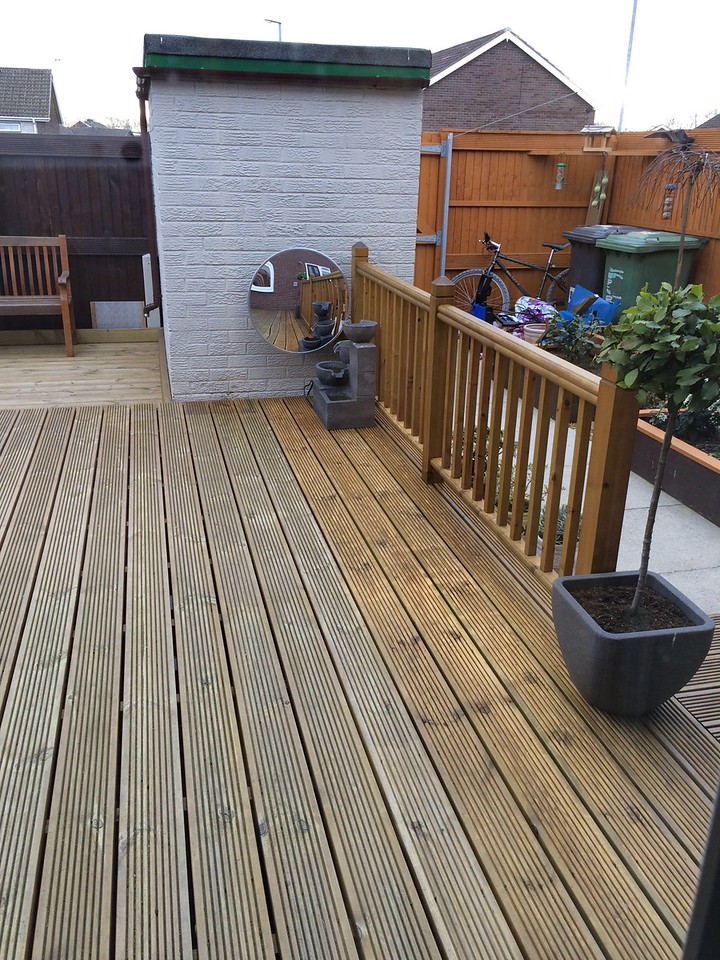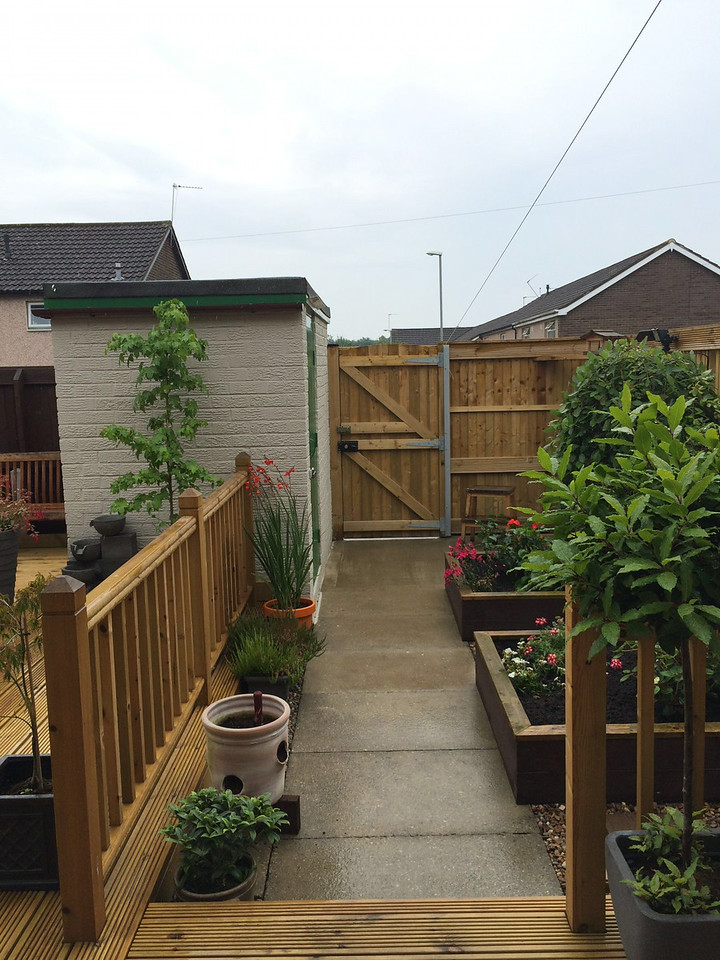- Jul 28, 2010
- 15,475
- 20,756
- Funster No
- 12,905
- MH
- Rapido 7090F 3 litre 160
- Exp
- May 2010
Today in good morning Sun (early April) I have connected 2x100watt monocrystaline solars to a 200 watt MPPsolar mppt regulator in both series and parallel with in clear sky and full cloud.
The scene
Broken Link Removed
The regulator shown with battery under load and solars covered.
Broken Link Removed
The constant load
Broken Link Removed
Series connection with one panel covered.
Broken Link Removed
Output
Broken Link Removed
with both panels
Broken Link Removed
output
Broken Link Removed
connections in series
Broken Link Removed
Now changed to parallel
Broken Link Removed
Output no significant difference but if anything a tad better.
Broken Link Removed
Same sky throughout test covering around 15 minutes
Broken Link Removed
Later after discharging battery and sky completely clouded.
Broken Link Removed
Series
Broken Link Removed
Parallel
Broken Link Removed
same light throughout
Broken Link Removed
My conclusion is there is no benefit to connecting 12 volt panels in series as clearly the output is actually better in parallel with these units.
So the only point to the spec of this regulator is that it will accept 24volt panels which can be an advantage if they are available at the right size/price but even then probably best connected in parallel.
The scene
Broken Link Removed
The regulator shown with battery under load and solars covered.
Broken Link Removed
The constant load
Broken Link Removed
Series connection with one panel covered.
Broken Link Removed
Output
Broken Link Removed
with both panels
Broken Link Removed
output
Broken Link Removed
connections in series
Broken Link Removed
Now changed to parallel
Broken Link Removed
Output no significant difference but if anything a tad better.
Broken Link Removed
Same sky throughout test covering around 15 minutes
Broken Link Removed
Later after discharging battery and sky completely clouded.
Broken Link Removed
Series
Broken Link Removed
Parallel
Broken Link Removed
same light throughout
Broken Link Removed
My conclusion is there is no benefit to connecting 12 volt panels in series as clearly the output is actually better in parallel with these units.
So the only point to the spec of this regulator is that it will accept 24volt panels which can be an advantage if they are available at the right size/price but even then probably best connected in parallel.



